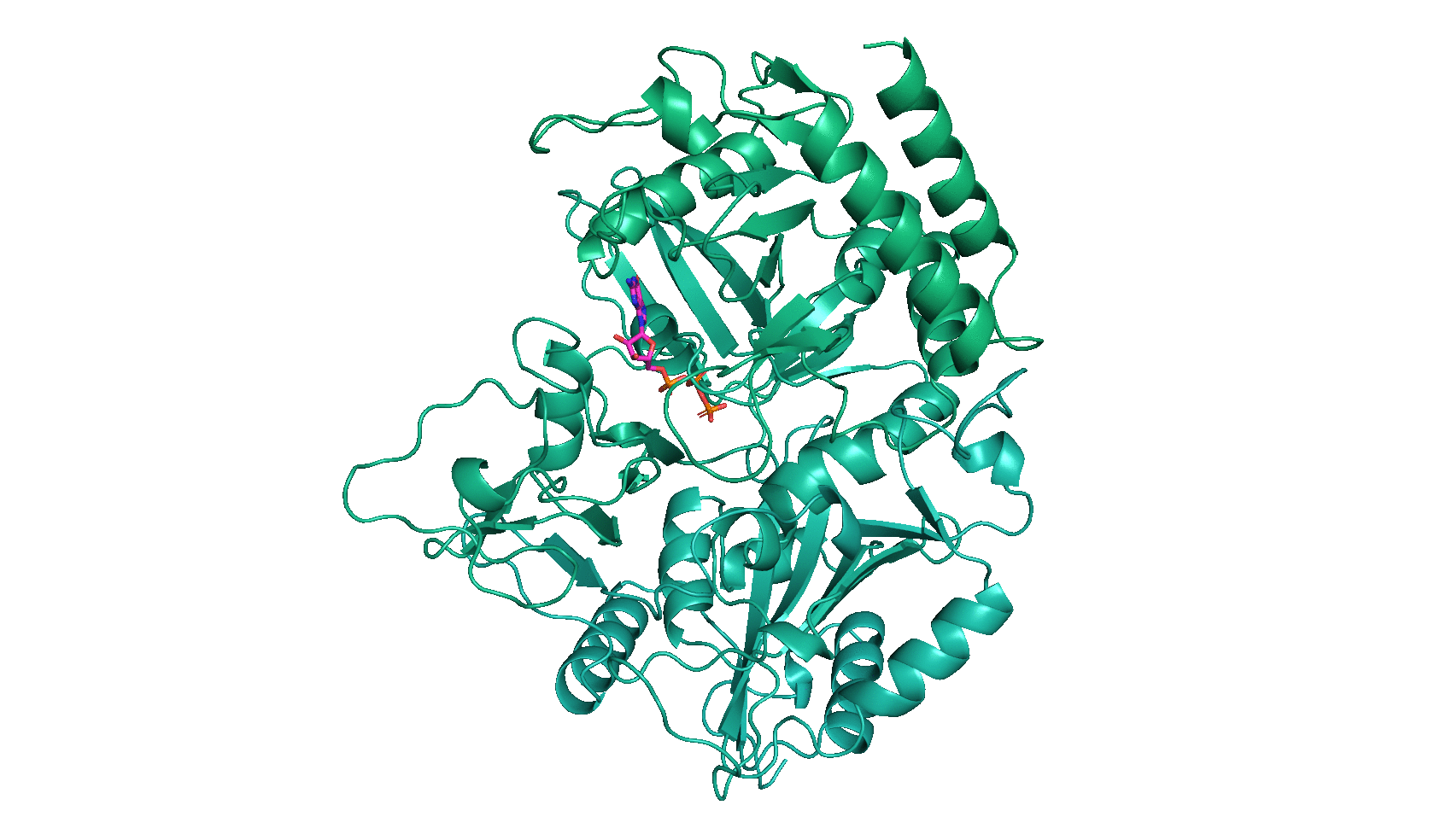Yale Scientists Target Metabolic Energy Hog in Progress Toward New Breast Cancer Treatment
While outcomes for breast cancer patients have steadily improved over the years, one particularly vexing type known as triple-negative breast cancer (TNBC) has continued to defy those rosy trends. One of the challenges in treating TNBC is that it represents many different types of cancer, defined simply as those that lack the protein hallmarks and therapeutic targets that characterize the estrogen/progesterone receptor-positive and human epidermal growth factor receptor-2 (HER2) positive breast cancers. Overall, TNBC tends to be more aggressive and has fewer treatment options than other breast cancers.
But now, an exciting new approach from a team of scientists at Yale University may have found the common thread that will allow TNBC to be successfully targeted for better patient outcomes. Ultimately, if this approach proves successful, it could be a game-changer for many forms of cancer and possibly other diseases as well.

 Because it grows more rapidly and spreads more aggressively than other breast cancers, TNBC tends to be an energy hog. The Yale team, led by molecular biologist Vignesh Gunasekharan and breast cancer specialist Lajos Pusztai, envisioned a new way to target these cells by going back to metabolic fundamentals and using that insatiable demand for energy and metabolic building blocks as a way to home in on cancer cells. “Tumors have a different metabolism,” Gunasekharan says. “Cancer cells in general depend on metabolic rewiring at every stage to satisfy energy and biosynthetic needs. Any vulnerabilities we find in that process could be useful for many types of cancer.”
Because it grows more rapidly and spreads more aggressively than other breast cancers, TNBC tends to be an energy hog. The Yale team, led by molecular biologist Vignesh Gunasekharan and breast cancer specialist Lajos Pusztai, envisioned a new way to target these cells by going back to metabolic fundamentals and using that insatiable demand for energy and metabolic building blocks as a way to home in on cancer cells. “Tumors have a different metabolism,” Gunasekharan says. “Cancer cells in general depend on metabolic rewiring at every stage to satisfy energy and biosynthetic needs. Any vulnerabilities we find in that process could be useful for many types of cancer.”
In this project, they identified phosphoenolpyruvate carboxykinase-2 (PCK2), a metabolic isoenzyme commonly overexpressed across many cancer types including TNBC, as a promising therapeutic target. PCK2 is a key rate-limiting enzyme in gluconeogenesis that provides fuel for a broad range of biosynthetic processes. Targeting a crucial metabolic step in cells may sound like casting too wide a net that might cause unacceptable toxicities. However, Gunasekharan and Pusztai believe that the unique expression pattern of this isoenzyme in cancers will allow for selective therapeutic targeting. They point out that PCK2-deficient rodent models are viable and appear healthy, most likely because of the compensatory activity from the close molecular cousin PCK1 in normal tissues. The Yale scientists set out to develop a first-in-class PCK2-specific inhibitor with pilot funding from the Lion Heart Foundation.
Of course, getting from theory to practice is no small feat. Making the leap from the PCK2 idea was even more challenging because there was no known structural model of the enzyme to use for drug discovery purposes. But Gunasekharan and Pusztai found a secret weapon when a colleague recommended that they reach out to Atomwise for help.
With its industry-leading AI tools and deep structural biology expertise, the Atomwise team, led by Senior Scientist Mostafa Ahmed, helped the Yale scientists develop a 3D homology model of PCK2. The duo were also selected for Atomwise’s Artificial Intelligence Molecular Screen (AIMS) Award, a program that provides academic scientists with free access to customized virtual screening of millions or even billions of small molecules through the company’s AtomNet® technology, which can use actual or predicted structures for the target molecule. 
AIMS Award participants also receive a plate of dozens of small molecule compounds for follow-up functional testing. In this case, Gunasekharan and Pusztai received 84 candidates for screening. Working with scientists from Yale Center for Molecular Discovery, they designed a functional assay to measure PCK2 activity after treatment. In addition to checking for an inhibitory effect, they also kept watch for any unintended effects on the closely related PCK1.
At this point, the scientists have identified one particularly promising candidate that provides strong inhibition of PCK2 in dose-response screens. Next, they plan to do lead optimization work in collaboration with Atomwise, looking at candidates with closely related structures to see if they can improve efficacy or reduce any unwanted side effects.
Both scientists have been impressed by the progress they were able to make through the AIMS Award. “We got a lead compound for a target where there was no known molecular inhibitor previously,” Pusztai says. “Atomwise was very useful and remarkably effective in this challenging situation with no crystal structure available for human PCK2.”
“If you have tried a few traditional experiments in your lab and it seems like your molecule is undruggable, Atomwise has a team of dedicated medicinal chemists and structural biologists to help,” Gunasekharan adds. “They know what they’re doing and the technology comes in really handy.”
While that progress is remarkable, this team is just getting started — and the implications of their work go far beyond TNBC. The PCK2 isoenzyme has been detected at high levels in many other fast-growing cancers.
“We think that metabolic enzymes represent an entirely new class of therapeutic targets for cancer, still waiting to be harnessed,” Pusztai says.

Learn More
Publication: Multi-Omics Investigation of Innate Navitoclax Resistance in Triple-Negative Breast Cancer Cells. Marczyk M, Patwardhan GA, Zhao J, Qu R, Li X, Wali VB, Gupta AK, Pillai MM, Kluger Y, Yan Q, Hatzis C, Pusztai L, Gunasekharan V. Cancers (Basel). 2020 Sep 8; 2020 Sep 8. PMID: 32911681.
Related Posts
Subscribe
Stay up to date on new blog posts.
Atomwise needs the contact information you provide to send you updates. You may unsubscribe from these communications at any time. For information please review our Privacy Policy.